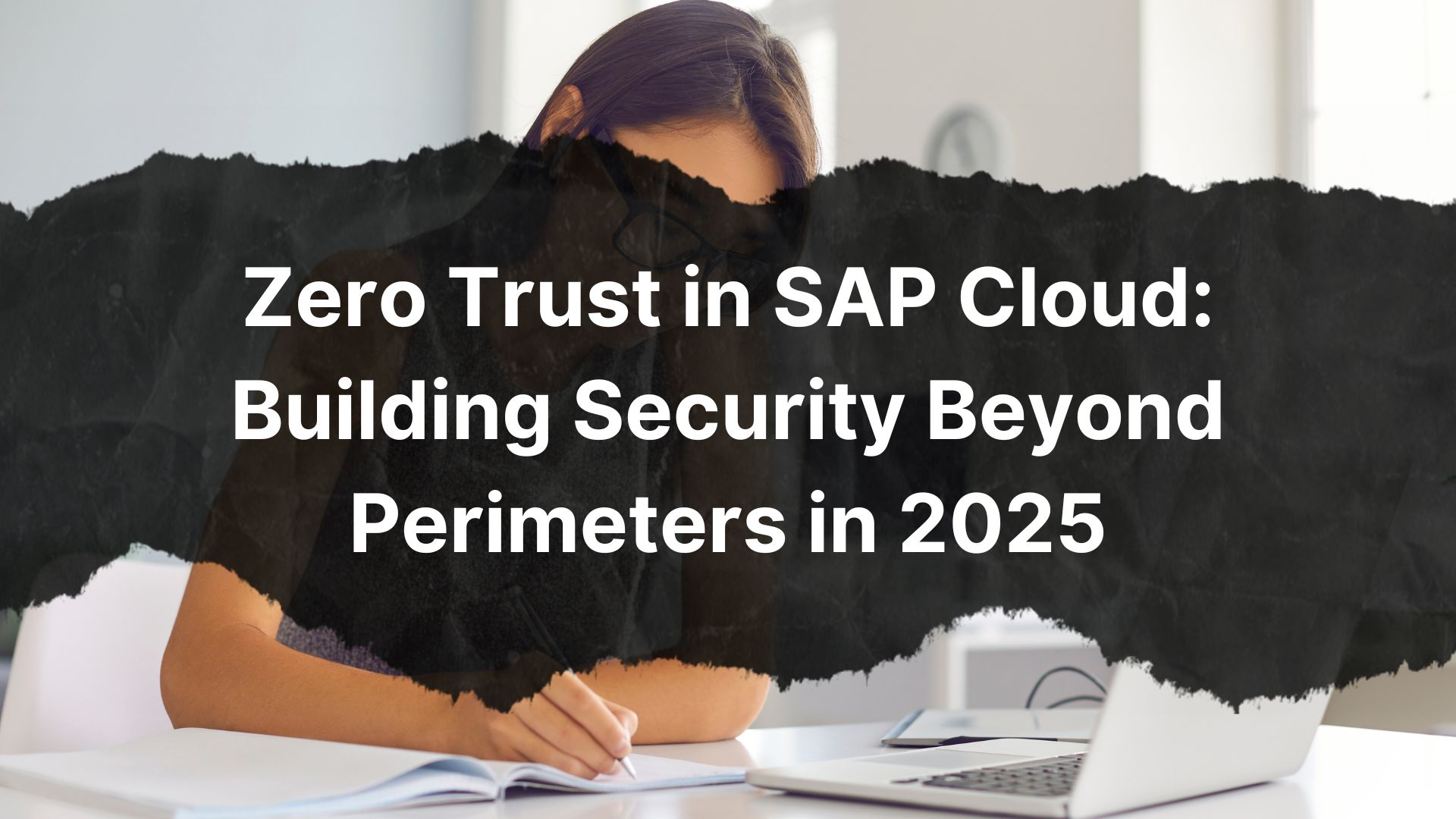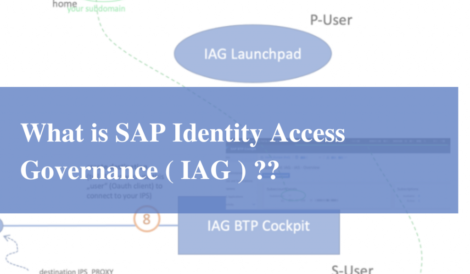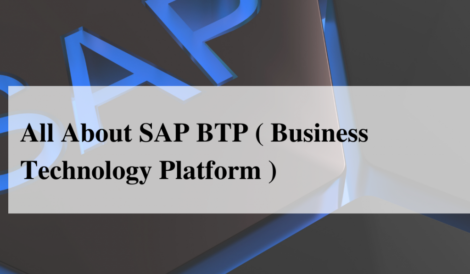Zero Trust in SAP Cloud: Building Security Beyond Perimeters in 2025
In today’s hyperconnected world, traditional perimeter-based security models are no longer sufficient — especially in complex SAP cloud environments.
With increasing cyber threats, remote work, hybrid cloud setups, and API-driven integrations, Zero Trust Architecture (ZTA) has become a critical approach for securing SAP Cloud landscapes in 2025.
In this guide, we’ll dive deep into how organizations can implement Zero Trust in SAP Business Technology Platform (SAP BTP), SAP S/4HANA Cloud, and SAP SaaS solutions like SAP SuccessFactors and SAP Ariba.
What is Zero Trust?
Zero Trust is a security framework that assumes:
- No user or device inside or outside the network should be trusted by default.
- Every access request must be verified, authenticated, and authorized continuously.
The mantra of Zero Trust is: “Never trust, always verify.”
Why SAP Cloud Needs Zero Trust in 2025
The SAP ecosystem in 2025 is highly hybrid and decentralized:
- Users access SAP apps from remote locations, mobile devices, and third-party platforms.
- Integration with AI services, data lakes, and partner ecosystems is growing.
- Sensitive data (HR, financials, supply chain) is increasingly exposed.
Thus, a Zero Trust model is essential to:
- Minimize attack surfaces.
- Prevent lateral movement within the cloud.
- Enforce stricter access controls around SAP assets.
Core Pillars of Zero Trust for SAP Cloud
| Pillar | Application in SAP Cloud Context |
|---|---|
| Identity and Access Management (IAM) | SAP Identity Authentication Service (IAS) and Identity Provisioning Service (IPS) to enforce strong authentication. |
| Device Security | Ensure only managed devices access SAP Cloud apps via MDM policies. |
| Least Privilege Access | Use Role Collections in SAP BTP to apply minimum necessary permissions. |
| Micro-Segmentation | Separate workloads in SAP BTP using subaccounts, directories, and entitlements. |
| Continuous Monitoring | Audit Logs, SAP Cloud ALM, and SAP Enterprise Threat Detection. |
| Encryption Everywhere | TLS for data in transit, SAP Data Custodian for encryption at rest. |
How to Implement Zero Trust in SAP Cloud
1. Identity-First Security
- Centralize user authentication with SAP Identity Authentication Service (IAS).
- Integrate with corporate Azure AD, Okta, or other IdPs.
- Implement Multi-Factor Authentication (MFA) for all SAP Cloud users.
3. Micro-Segmentation via SAP BTP
- Create separate subaccounts for Dev, Test, and Production.
- Apply entitlement management to control what services are available per subaccount.
4. Policy-Driven Access
- Automate provisioning/de-provisioning with SAP Identity Provisioning Service (IPS).
- Apply dynamic role assignment based on user attributes (dynamic authorization).
5. Continuous Monitoring and Response
- Use Audit Logs to track anomalies.
- Integrate SAP logs with SIEM tools like Splunk, Microsoft Sentinel, or SAP Enterprise Threat Detection.
- Perform regular security assessments.
Key SAP Services That Support Zero Trust
- SAP Identity Authentication Service (IAS)
- SAP Identity Provisioning Service (IPS)
- SAP Cloud ALM Security Monitoring
- SAP Enterprise Threat Detection
- SAP Data Custodian (for encryption and compliance controls)
Future Outlook: AI + Zero Trust for SAP Cloud
In 2025 and beyond, AI is playing a bigger role:
- Anomaly detection using machine learning in SAP security monitoring.
- Automated remediation when suspicious activity is detected.
- Risk-based authentication (dynamic MFA triggers based on user behavior).
Companies that combine AI with Zero Trust principles will have the strongest SAP Cloud defenses.
Conclusion
As SAP customers modernize in the cloud, embracing Zero Trust is not optional it’s critical.
By securing identities, devices, APIs, workloads, and data flows in SAP Cloud, organizations can stay resilient against evolving threats and protect their most valuable assets.
In 2025, make Zero Trust your foundation for SAP Cloud Security Excellence, For more details visit us on www.mentorspool.com/sap
Actionable Takeaways:
✅ Implement Identity-First strategies using SAP IAS/IPS.
✅ Apply Micro-Segmentation using SAP BTP subaccounts and directories.
✅ Enable continuous monitoring and integrate with SIEM solutions.
✅ Encrypt everything in transit and at rest.
✅ Adopt AI-driven threat detection.






